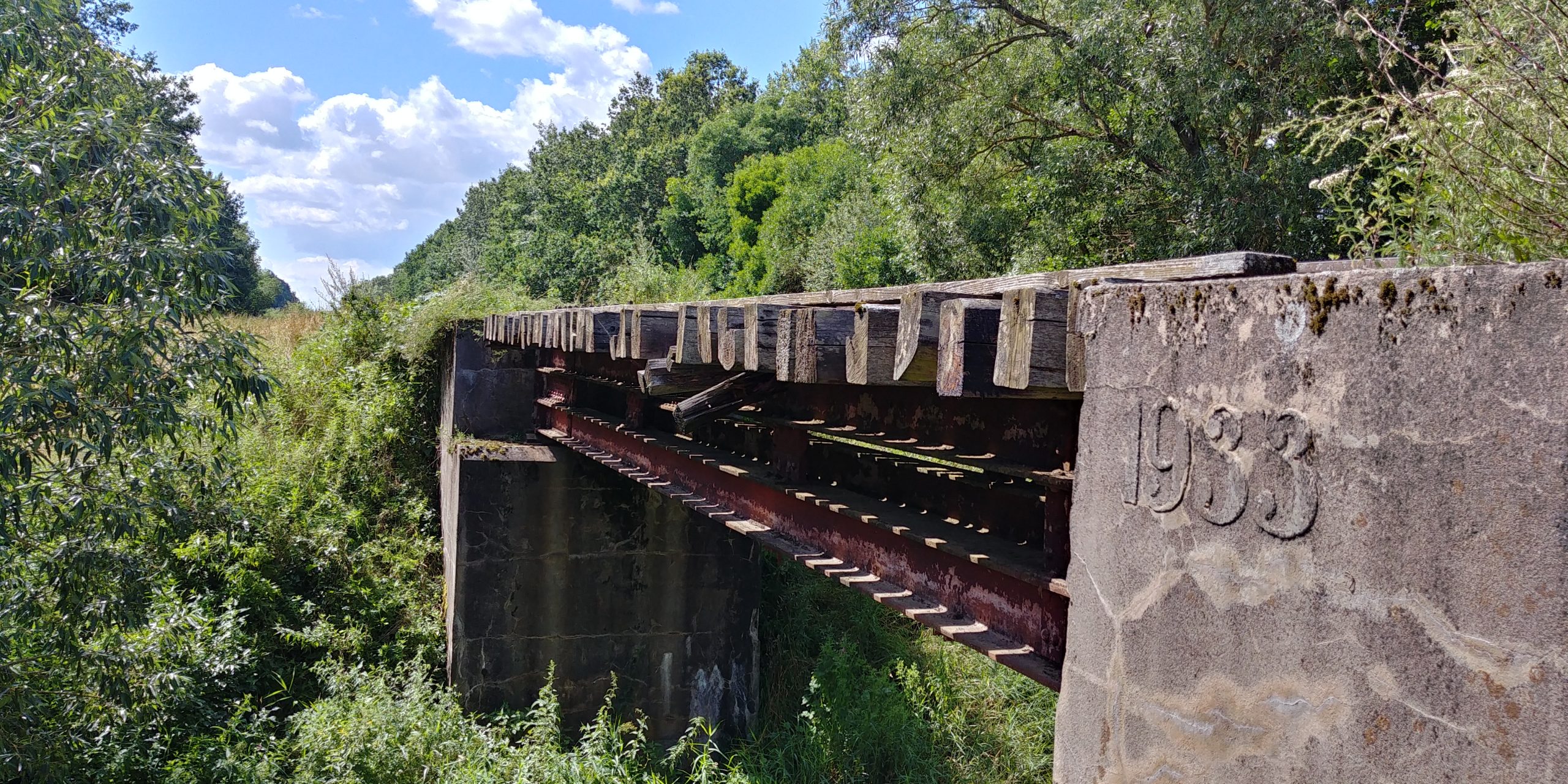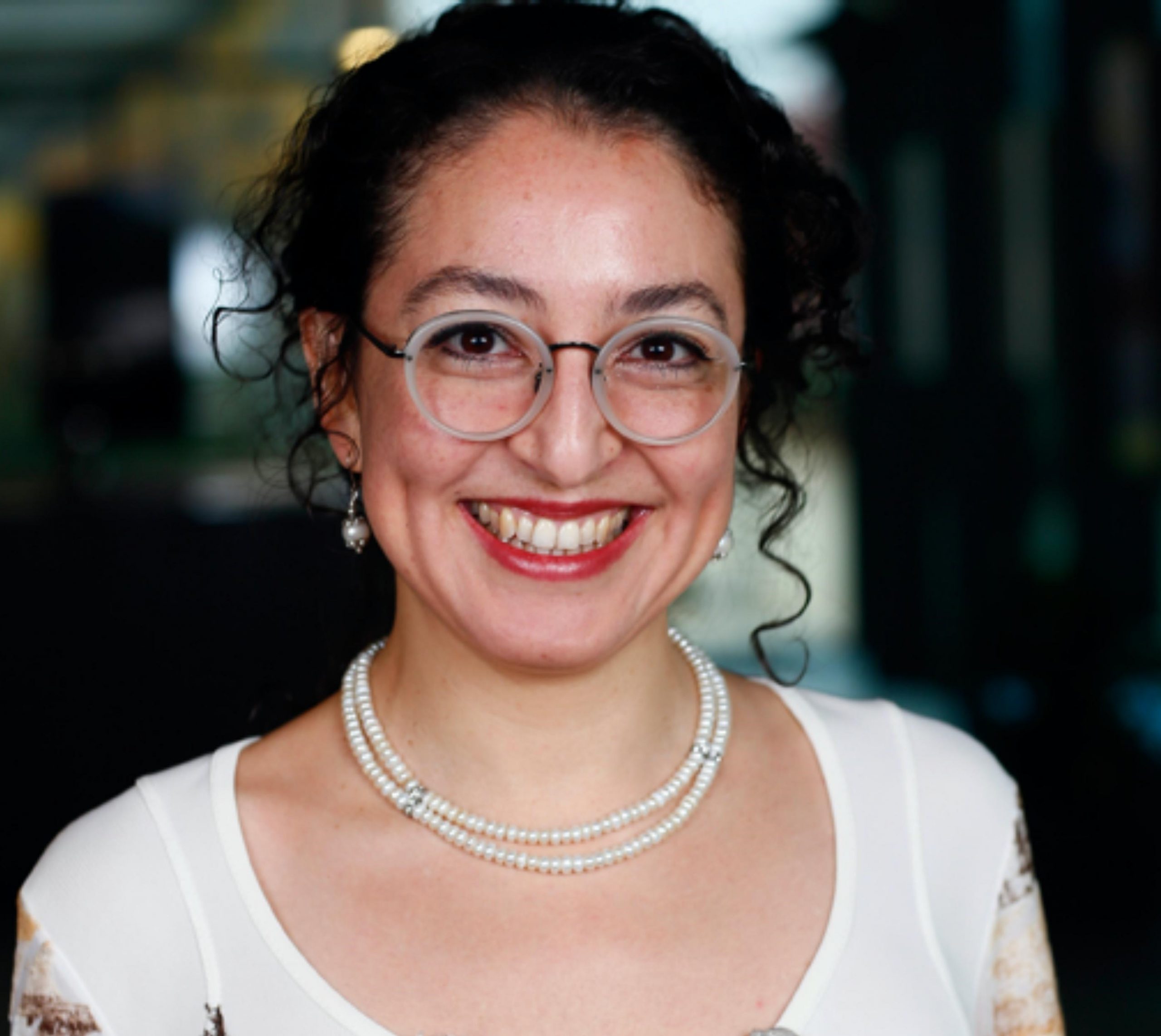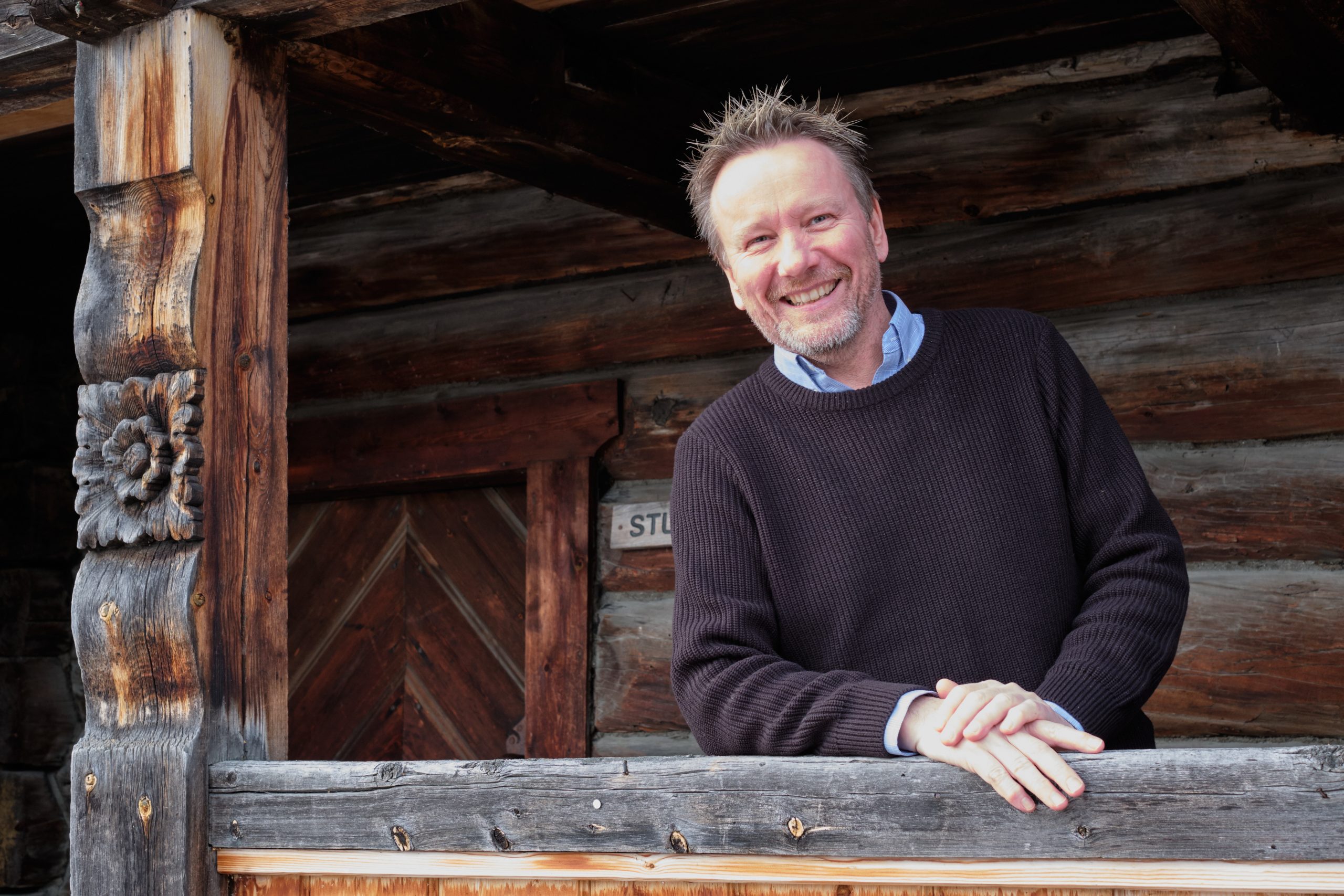Presentations
September 24th, 11.20-14.30
In Great hall of the Vilnius County Adomas Mickevicius Public Library
Heritage can be explored not only through the research of specific objects, but also through the studies of its most diverse factors or contexts – such is the backbone of the research of cultural heritage at the Faculty of History of Vilnius University. It also at the heart of the presentations offered for the Heritas' visitors. Several topics will be explored:
- The legacy of freedom struggles and the legacy of occupations;
- The heritage of ethnic communities;
- Industrial and transport heritage;
Anticipated presentations:
- Memory and Memorialisation of the Lithuanian Struggle for Independence (1918–1920) / Dr. Kęstutis Kilinskas;
- Through the Eyes of a Historian and the Ears of an Anthropologist: Is a Different Approach to the Legacy of the Soviet Occupation Possible? / Assoc. Prof. Dr. Tomas Vaiseta;
- Icon Painting in Lithuania after 1990: Return of the Icon, “Invention” of Traditions, New Horizons / Assoc. Prof. Dr. Grigorijus Potašenko;
- Karaite Heritage in Lithuania: Tradition, Symbols and Their Reading / Dr. Dovilė Troskovaitė;
- An Ode to the Wind or How the Wind Created Windmills and Milling Traditions /Assoc. Prof. Dr. Salvijus Kulevičius;
- Heritage of Historical Roads: Legacy, Value and Meaning / Dr. Tomas Čelkis.

September 24th, 15.00-17.30
Vilnius County Adomas Mickevičius Public Library, Great Hall
Attention - Presentations can be viewed live on the Heritas Youtube page.
Presentations with a translation to English and Lithuanian can be viewed on Zoom platform.

The global COVID-19 pandemic in 2020 disturbed the work of cultural institutions and organisations, however it also encouraged the creation of digital content and gave support for technological advancement in the creation processes of high-quality e-services and e-products.
Memory institutions that are the main custodians of and story tellers about cultural heritage objects face new challenges while trying to adapt to the changing reality. On the other hand, this is also an extraordinary opportunity to present heritage in a new way and to gather a wider community of heritage consumers.
We invite you to discuss about the various challenges and victories of cultural heritage digitalisation with four presenters:
Juozas Markauskas (The Baltic Audiovisual archival Council, Lithuania) “Management of digital Resources“
Dr. Trilce Navarrete (Esasmus University Rotterdam, the Netherlands) “How to stimulate reuse of collections”
Niels Bjørn Friis (Odense City Museum, Denmark) “Culture and Commerce – commercializing cultural heritage. Taking ownership of a brand”
Erik Lillebråten (Norwegian Heritage Foundation, Norway) “Conservation through use. Norwegian Heritage Foundation”
Moderator – dr. Rima Cicėnienė (The Wroblewski Library of the Lithuanian Academy of Sciences)
Partners of the presentation session "Digitalization of Cultural Heritage: Challenges and Advantages" -

15.10-15.40
Juozas Markauskas (The Baltic Audiovisual archival Council, Lithuania)

Digital resources most often have the attributes characteristic of conventional collections of museums, archives or other cultural organisation, however, for a collection to be appropriately presented and understood by its users, additional digital tools are necessary. Successful management of collections requires a descriptor of metadata and the use of IT solutions. The amount of both digitised and digital cultural objects keeps increasing and that becomes quite a challenge for their management, finding, exchanging and sharing. More and more institutions and organisations start using the solutions created and developed by Wiki Foundation, which enable a successful connection of different collections and reaching a large audience of users on the internet.
Juozas Markaukas - consultations and assistance to organisations in implementing the projects of management and dissemination of digital content. J. Markauskas has implemented projects together with the Ministry of Culture of the Republic of Lithuania, Martynas Mažvydas National Library of Lithuania, Europeana, British Library. He is a member of the Digitisation Council of the Ministry of Culture of the Republic of Lithuania and President of the Baltic Audiovisual Archival Council.
15.40-16.10
Dr. Trilce Navarrete (Esasmus University Rotterdam, the Netherlands)

In order to increase efficiency of resources and effectiveness of services, heritage institutions are considering the use of digital surrogates. This is easier said than done, as many digital collections online remain unused. This presentation will focus on preliminary results from an investigation in the reuse of collections from Dutch institutions by creative makers, building from past research on students and researchers. Results identified 5 general areas of attention: digital skills, relation with the community, stimulating inspiration, use of resources, and long-term plan.
The main premise is that heritage institutions are building a knowledge infrastructure for society to tap into, which requires a coordinated approach. This knowledge infrastructure is fundamentally a commons good whereby participation and engagement feeds the common knowledge pool but requires preservation and care to thrive. Reuse of collections increases the sense of coownership and awareness of the value of the resources.
Trilce Navarrete is a specialist in the economic and historic aspects of digital heritage. Her research merges theories of economics, heritage, and information science to support understanding of the changes in digital heritage production, distribution and consumption brought by the adoption of digital technology. Her research considers costs, values, benefits and innovation of services, with particular attention to the role of open data and Artificial Intelligence. Navarrete was responsible for the first national account of the economic and historic development of digital museums in The Netherlands. Navarrete is currently Lecturer in Cultural Economics at the Erasmus University. Navarrete is advisor at the European Group of Museum Statistics (EGMUS), board member of the International Committee of Documentation of the International Council of Museums (CIDOC), chair of the Iberoamerican working group (DOMINO), board member of the Association of Cultural Economics International (ACEI), and regular guest lecturer at various Museology programs worldwide. She has contributed to the creation of the European statistics for digital heritage (ENUMERATE), has served as advisor for the creation and evaluation of (national) digital infrastructures, and has collaborated in several European funded research projects, including RICHES, the Virtual Multimodal Museum (ViMM), and Citizen Heritage. Navarrete is cofounder of the Economists Talk Art blog and the Cultural Economics Online Seminar series.
16.10-16.40
Niels Bjørn Friis (Odense City Museum, Denmark)

All the creative products by H.C. Andersen are public domain – that includes his fairy tales, novels, poetry, paper cuts, drawings and decoupage art – this presents enormous issues in terms of brand protection and commercialization. Since 2018 Odense City Museums have been working alongside BARC Scandinavia to professionalize our work with licensing and trademark partnerships with the overall goals:
- to develop the H.C. Andersen brand through national and international collaborations.
- to strengthen the museums ownership of the H.C. Andersen brand.
- to creates new products and stories with H.C. Andersen's values and artistic practice as a creative leg span.
- to design for the purpose of creating meaning and action in the recipients.
H.C. Andersen is alive in the minds of readers and passionate professionals alike, who feel that their work is akin to H.C. Andersen's work and values. Through our work in collaboration with our partners we explore and protect the values that Andersen and his works represent and bring him alive in new venues and products to a new audience and showcase the continued relevance of Andersen and the values he and his stores carry. We have created the Community for H.C. Andersen for companies, partners, designers and artists. At the heart of Community’s practice is H.C. Andersen’s marvelous ability to show us magic where no one else sees it, his gaze for the play of things and materials and the ability to see the greatest in even the smallest.
Niels Bjørn Friis, Curator/Manager, International Business & Relations at Odense City Museums. I have for the last 4 years been extensively involved in developing and strengthening the H.C. Andersen brand and the museums international profile through partnerships collaboration and exhibitions with a strong focus on China, Korea and Japan.
16.40-17.10
Erik Lillebråten (Norwegian Heritage Foundation, Norway)

Norwegian Heritage Foundation works throughout Norway, carrying out practical projects in collaboration with commercial and public sector partners. In addition to personal members, Norwegian Heritage Foundation has a country wide network of collaborating local authorities and commercial members. Norwegian Heritage Foundation is a member of Europa Nostra's Excellence Club and has received two internationally acknowledged prizes for the outstanding quality of its work.
In 2012 the Norwegian Heritage Foundation received both the European Commission's Education and Training “Grand Prix Award”, (the first organisation in Norway to do so) and Europa Nostra's category 4 prize, for Education, Training and Awareness Raising. Both of these awards were for Norwegian Heritage Foundation's “clear a heritage site” campaign. The “Clear a heritage site” has engaged 23 000 children and youngsters in more than 1000 projects. The Heritage School – www.kulturarvskulen.no – was presented in 2018 when we celebrated our 25th anniverasary. It was presented as our gift to all elementary and junior high schools of Norway, for use both by pupils and teachers.
The Heritage School is based on national learning objectives (læringsmål), and present different parts of our heritage through different tasks. Several activities are based on digital tools that kids and youngsters are femiliar with, such as Minecraft and Kahoot.
Erik Lillebråten, Norwegian Heritage Foundation (Norsk Kulturarv) is a charitable foundation that aims to contribute to preserving Norway's cultural heritage through sustainable use.
The Foundation's motto is: CONSERVATION THROUGH USE.